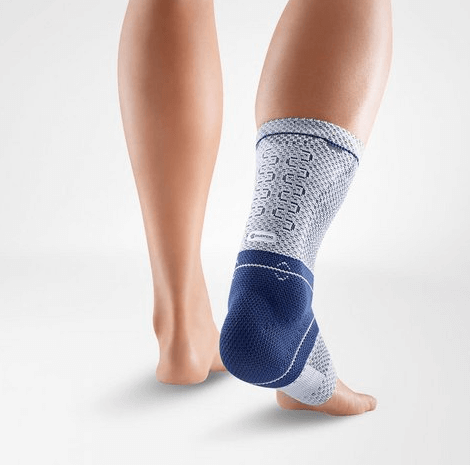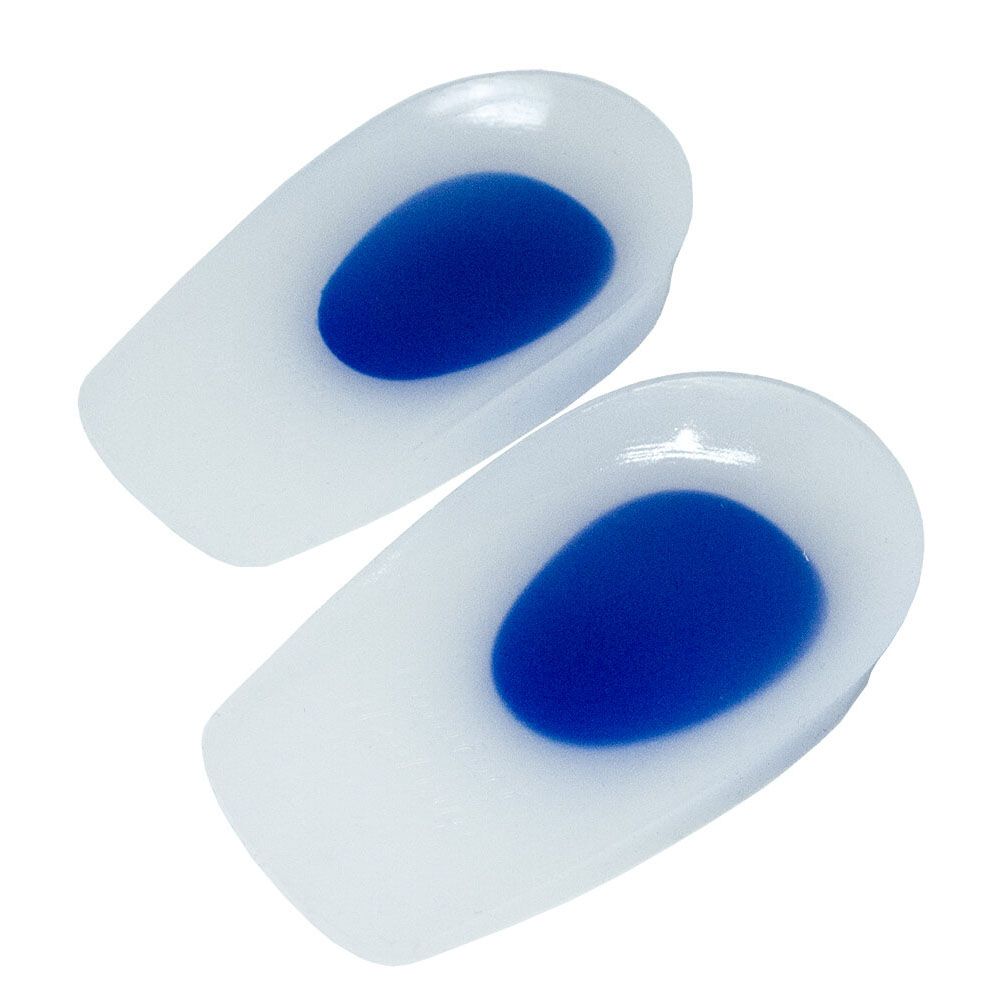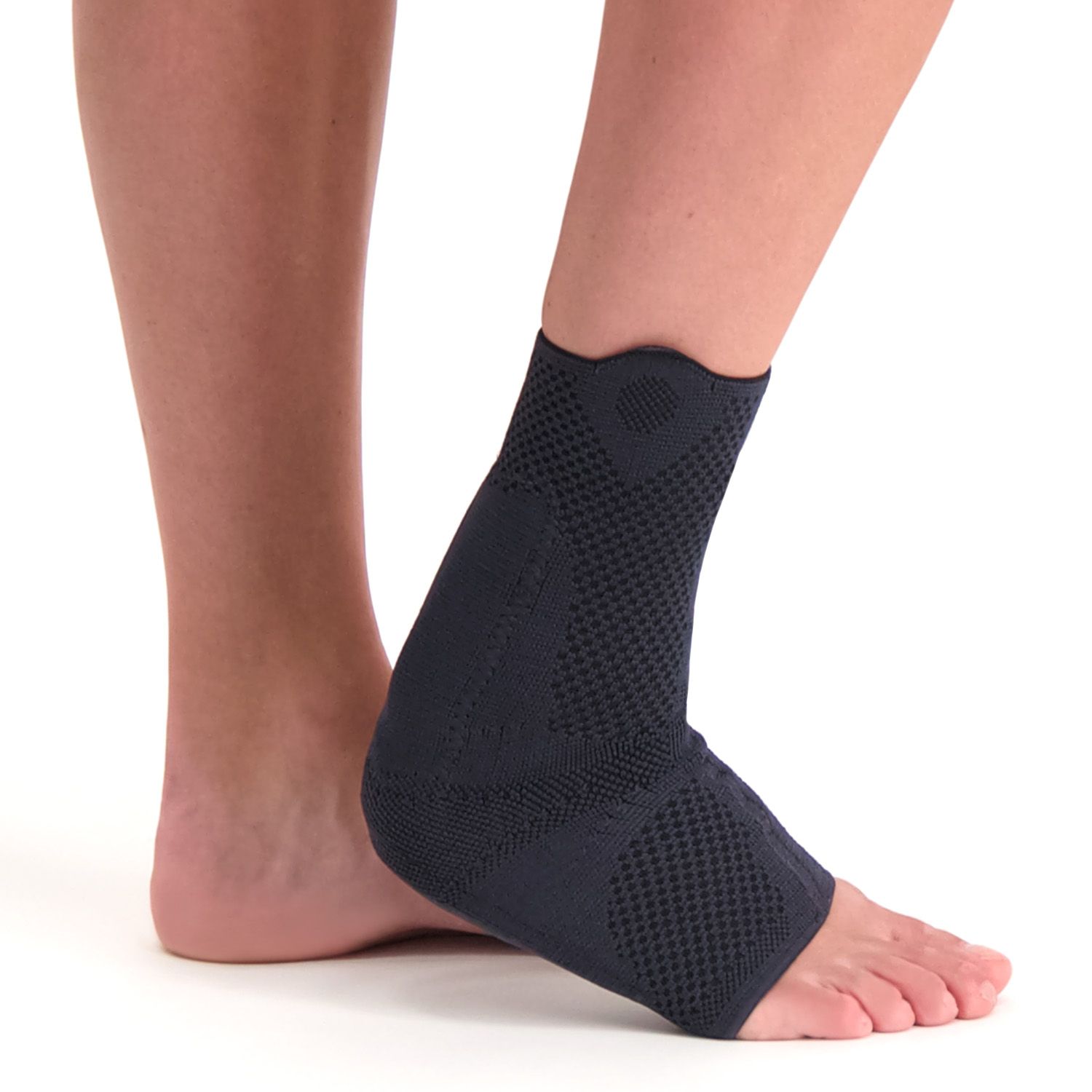Overuse
An overused Achilles tendon is painful and frustrating, and it can develop from various causes such as running, jumping, leg length discrepancy, improper walking technique, or ageing. This type of injury can significantly affect your daily life—and you’ll want to avoid that. Already experiencing pain? Then you’ll want to recover as soon as possible. Read on to find out what Achilles tendon overload is and how to treat it.
What is the function of the Achilles tendon?
The Achilles tendon is the strongest and largest tendon in the human body. It allows you to generate force through your foot during movements like running, jumping, walking, and standing. It’s a vital part of the body’s mobility system.
What is Achilles tendon overload?
Overuse causes tiny tears in the Achilles tendon, often accompanied by fluid buildup. The tendon connects the heel bone to the calf muscles, and overload can occur either at the insertion point at the heel or mid-tendon, usually 2 to 7 cm above the heel bone. Each location may require a different treatment approach.
How do you know if you have a tendon injury?
If you're experiencing one or more of the following symptoms, you might have an Achilles tendon injury:
- Pain in the heel or lower leg
- Morning stiffness when getting out of bed
- Swelling near the foot or calf, often indicating inflammation
- Reduced mobility—difficulty running, standing, or walking, especially felt in the lower leg
What causes Achilles tendon injury?
These small tears and fluid buildup occur because of excessive strain on the tendon. Causes can include:
- Inadequate stretching
- Training too hard, too long, or sprinting without warming up
- Wearing new or improper footwear
- Incorrect use of stairs
- Calf muscles that are too stiff or too flexible
- Ageing
- Being overweight
- Certain medications with side effects
- Hormonal changes during menopause
Three potential conditions to consider
The short and long peroneal tendons run through a groove behind the outer ankle and are held in place by a ligament. These tendons play a role in bending and lifting the ankle. The following issues may occur:
- Tendon overuse – marked by pain, stiffness, and limited mobility
- Tendon inflammation – same causes as overload, but with pain on the outer ankle
- Tendon tear – the result of long-term overload or inflammation. This may lead to a partial or complete rupture, causing severe pain and an inability to lift the foot.
Diagnosis of Achilles tendon overload
A doctor can diagnose Achilles tendon overload through clinical symptoms and a physical exam. If needed, imaging tests such as ultrasound or MRI may be performed to rule out bursitis or structural damage to the tendon.
Treatment for Achilles tendon overload
In most cases, lifestyle adjustments can significantly improve the condition of the tendon. Here’s what you can do to promote healing:
Exercise adjustments
Reduce pressure on the ankle during exercise. Choose low-impact sports like swimming or cycling. These activities keep you active without stressing the tendon, unlike walking or running.
Use of support tools
Use heel inserts or other supportive devices to relieve pressure on the tendon. Below this page, you’ll find a selection of recommended tools that offer targeted Achilles tendon support.
Physical therapy
A physiotherapist can guide you through strengthening exercises that reduce pain and promote healing. A professional will know exactly what is and isn’t suitable for your specific condition.
When can you get back on your feet?
To speed up your recovery, consider using a Podobrace Achilles tendon brace. It provides targeted support and helps you get back to running, walking, and daily activities much faster. Still have questions? Feel free to reach out to our team of specialists. We’re happy to support your recovery!

Bauerfeind AchilloTrain® - Achilles Tendon Support
Solelution Silicone Heel Gelcups (per pair)
Solelution Socks with Silicone Gel Heel (per pair)

Solelution Achilles Tendon Insoles

Lyon Achilles Tendon Support

- Physiotherapist
- Sports podiatrist
- Manual therapist
- Podopostural therapist
- Myofascial dry needling specialist


